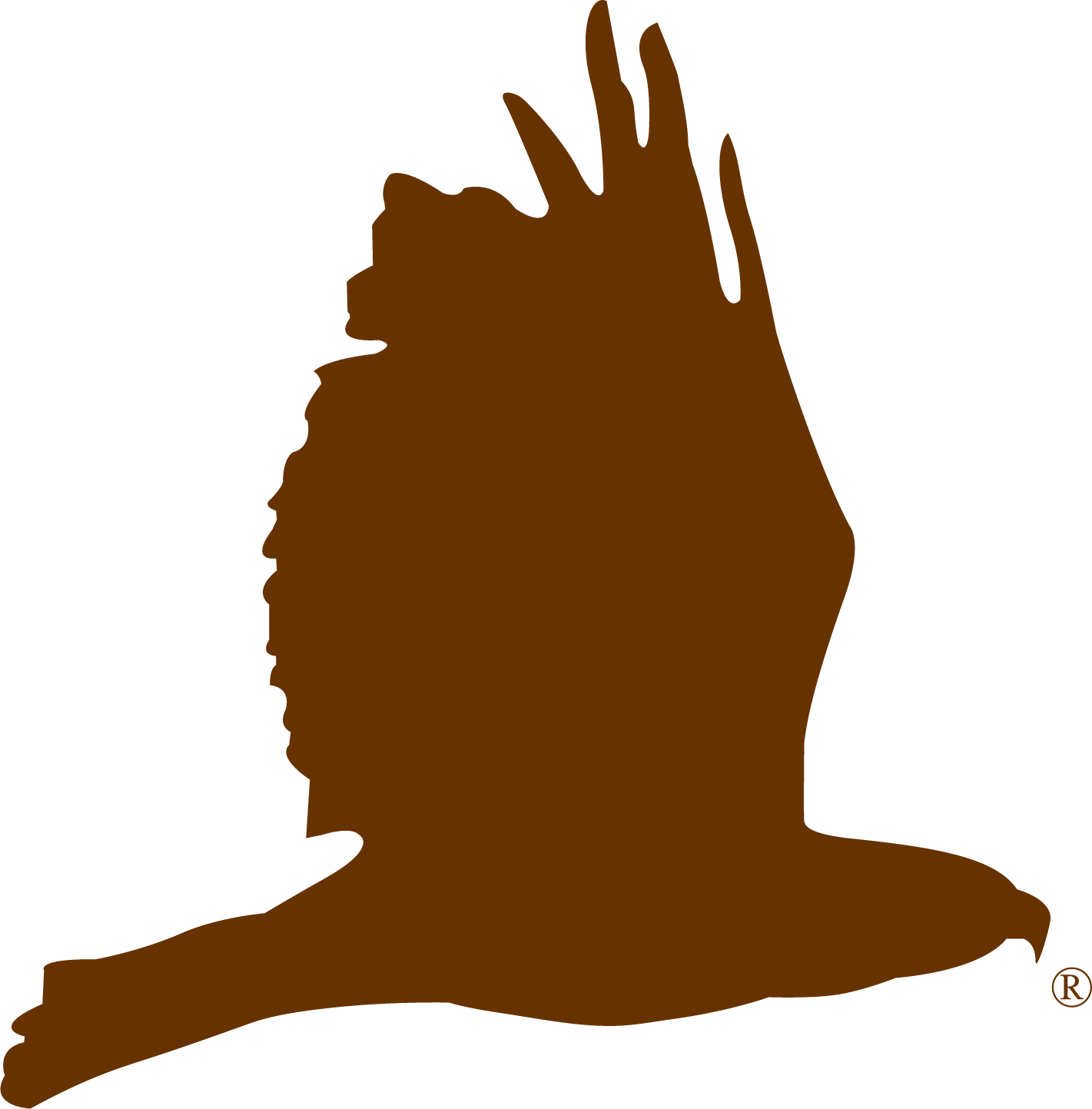Thought you’d be interested in this amazing success story:
On April 4, 2006, CBCM brought in an injured Northern Flicker to Flint Creek Wildlife Rehabilitation’s Northerly Island facility. The bird had just struck a building in the loop and was critical when it arrived at Flint Creek. Thankfully, due to the close proximity of our new downtown location, we were able to quickly administer life-saving drugs that help control brain swelling.
The impact of this bird striking the glass was so great that the bird suffered from major neurological damage. Her head was completely upside down (called torticollis). She flipped around in circles when stressed. She suffered from head tremors and eye tremors (the latter is called nystagmus).
Amazingly, this bird ate and maintained her healthy weight in spite of such major neurological impact. Just as amazing, and probably largely because of the rapid treatment the bird received, she didn’t die of brain swelling over the first days. Although her nystagmus and head tremors corrected over the first one – two weeks, she continued to suffer from torticollis and she always flipped around in circles when stressed.
Becky, our full-time rehabilitator, and I often discussed her case. After the first one – two weeks, she stopped improving. She continued to eat, but her progress from a neurological standpoint had plateaued. As with all animals at Flint Creek Wildlife’s care, we wanted to give her enough time (not hastily make a decision to euthanize). She seemed comfortable enough and was eating well; however, without significant additional improvement we had to question whether she could have a reasonable quality of life. Additionally, it would be difficult to find any educational facility that would want a bird with such a major physical challenge.
We revisited her case regularly and decided that we would put her in outside (pre-release) caging first before making a final decision. Many times in the past, birds with torticollis have made dramatic recoveries in outside caging. Our experience has shown us to stabilize the animal first, then consider outside caging if the animal plateaus before making a full recovery.
We hadn’t yet moved her outside when one day, after having shown no improvement for six to eight weeks, this beautiful Flicker started improving leaps and bounds. First it seemed that she was holding her head more upright, then she stopped flipping so much. Before I knew it, when cleaning her cage and feeding her one day, she escaped from the cage and flew around the room. Her flight wasn’t perfect the first time but it was FLIGHT! Soon she escaped on me with regular occurrence and was flying like a dream.
We transferred her into outside caging with four Flickers that we raised from babies (someone cut down their tree) and gave them time to condition their flight muscles.
Today we released all of them. Our beautiful girl flew perfectly. She flew fast and strong out of the flight chamber and headed towards a stand of majestic oaks. She landed on one momentarily and then took off again.
I am so grateful that we gave her time to heal. She is a stellar example of courage and will to live.
I wish her good luck.
